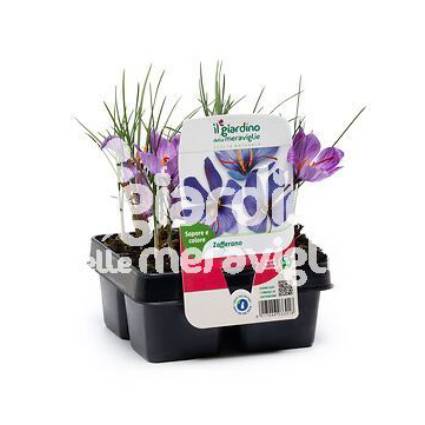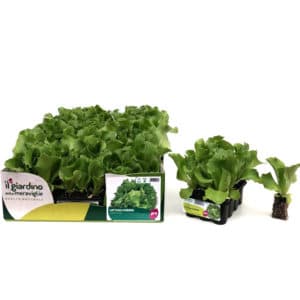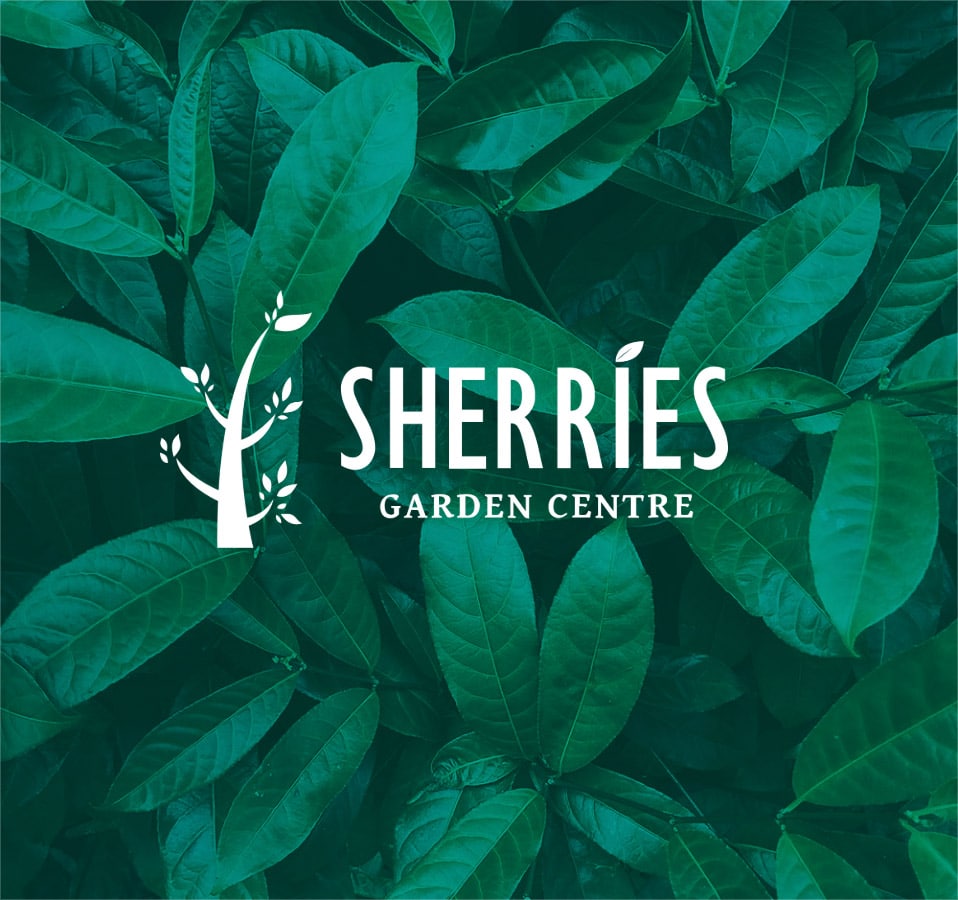Description
Flowering : October-November, lilac-purple flowers (each bulb produces 3-4 flowers a year).
Part used: Crimson red stigmas of the flower (female part). Each flower has 3. The whole flower is also edible and can be used to decorate dishes.
Aroma : characteristic given by the presence of safranal.
Use: currently used in gastronomy as a spice or colorant. One of its most typical uses in Italian cuisine is in risotto alla milanese which owes its yellow color to saffron. Here’s how to prepare an infusion: put the stigmas in a cup with a little very hot water or broth or milk and leave to infuse for 40-60 minutes; the water will turn an intense yellow color. Pour everything into your recipe, if possible at the end of cooking so as not to cook the saffron. You can keep the infusion in the fridge for up to 48 hours. The necessary doses obviously depend on the recipe; for a good risotto we recommend 0.1 grams for 2-3 people.
Properties : antispasmodic, analgesic and sedative. It is one of the foods richest in carotenoids (reduce cellular damage caused by free radicals) and vitamins A, C, B1, B2, B6. Taking it in high doses (> 5 g) can be harmful.
Harvest: must be done quickly; after blooming at dawn, the flowers wither quickly as the day goes by. Cut the flowers, remove the 3 red stigmas delicately (by hand or with tweezers) and dry them at 45°C for a variable duration based on the quantity collected (from 1 to 2 hours); once dry (they must maintain the intense red color) they can be used. A freshly picked flower has an average yield of 30 mg of fresh saffron and 7 mg of dry saffron.






